Recognizing Texas’ Buffalo Soldiers
Thursday, February 1st, 2018This is Passport to Texas
[singing] I was once a captured slave. Now I’m just a black man who came to be…
In the 19th Century, Black men who served in the 9th and 10th Regiments of Cavalry and 24th and 25th Regiments of Infantry of the United States Army were …
I am a Buffalo Soldier!
It’s said the Indians whom they fought during the Indian Wars gave troops the name because of their hair texture and their courage and ferocity in battle.
He feared and respected the buffalo. And he learned to fear and respect the black soldier as well.
That’s Buffalo Soldier reenactor, John Olivera, who says Buffalo soldiers played a major role in settling Texas.
Seventy-five percent of the soldiers that settled this area were Buffalo Soldiers. The only white men that were with them were the commanding officers. Almost all of the forts were manned and built by Buffalo Soldiers.
Texas Parks & Wildlife Department offers Texas Buffalo Soldier Outdoor Educational Programs.
Find their schedule on the Parks and Wildlife website.
The Buffalo Soldiers fought not only the Indians, and outlaws, but racism and prejudice. We had a job to do, and we done it.
That’s our show for today… Funding provided in part by Ram Trucks. Guts. Glory. Ram
That’s our show… For Texas Parks and Wildlife…I’m Cecilia Nasti.
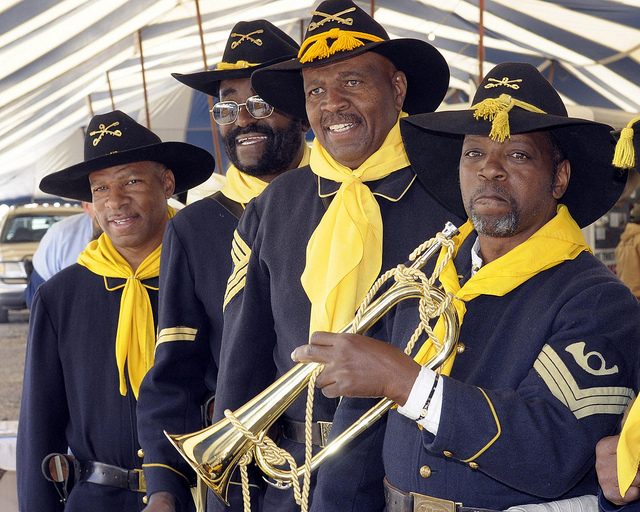

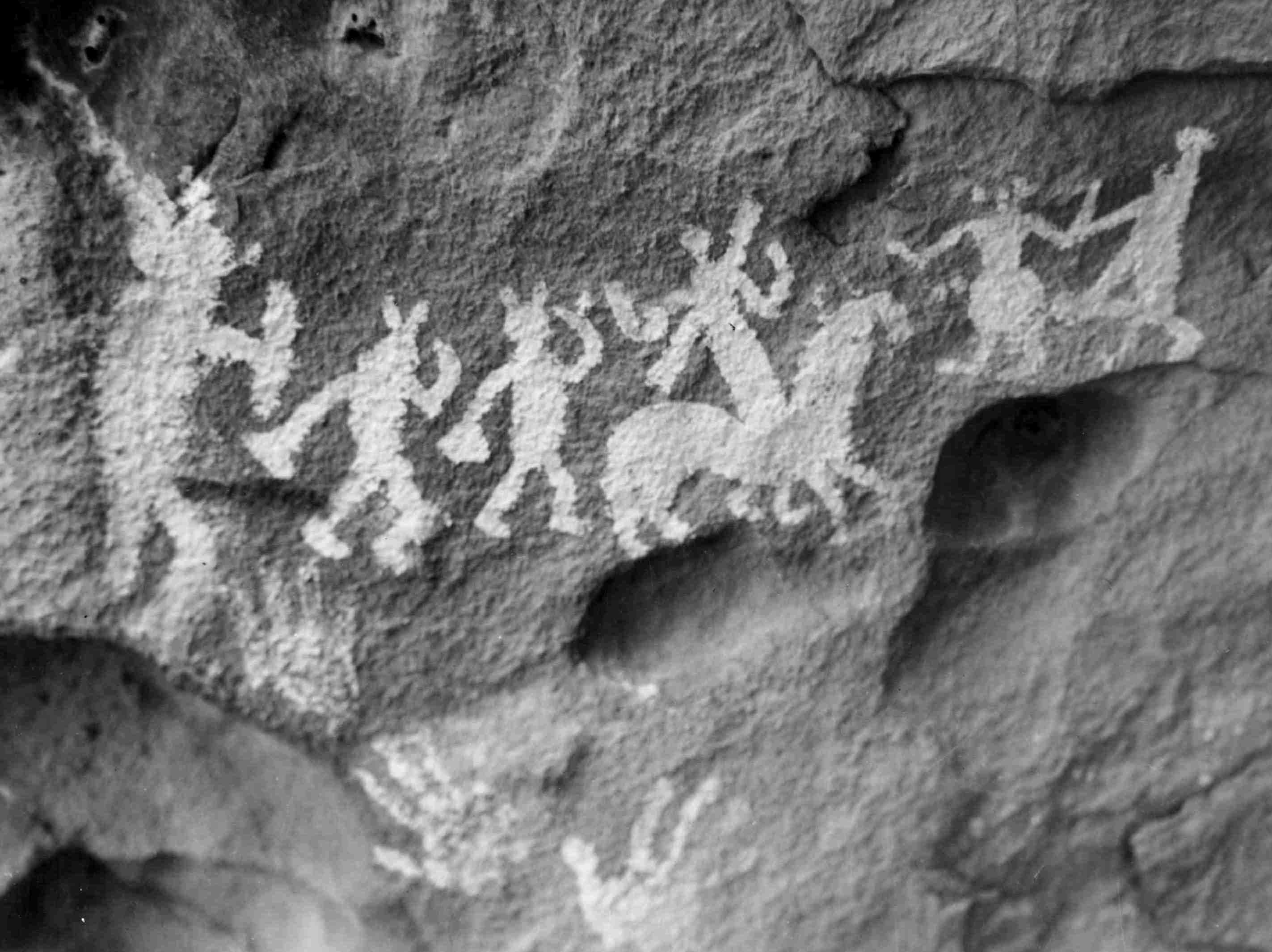
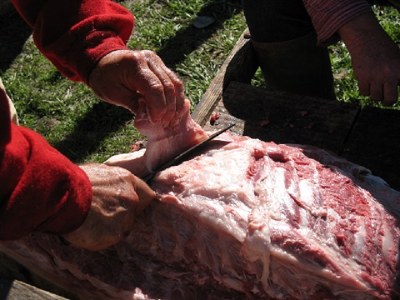
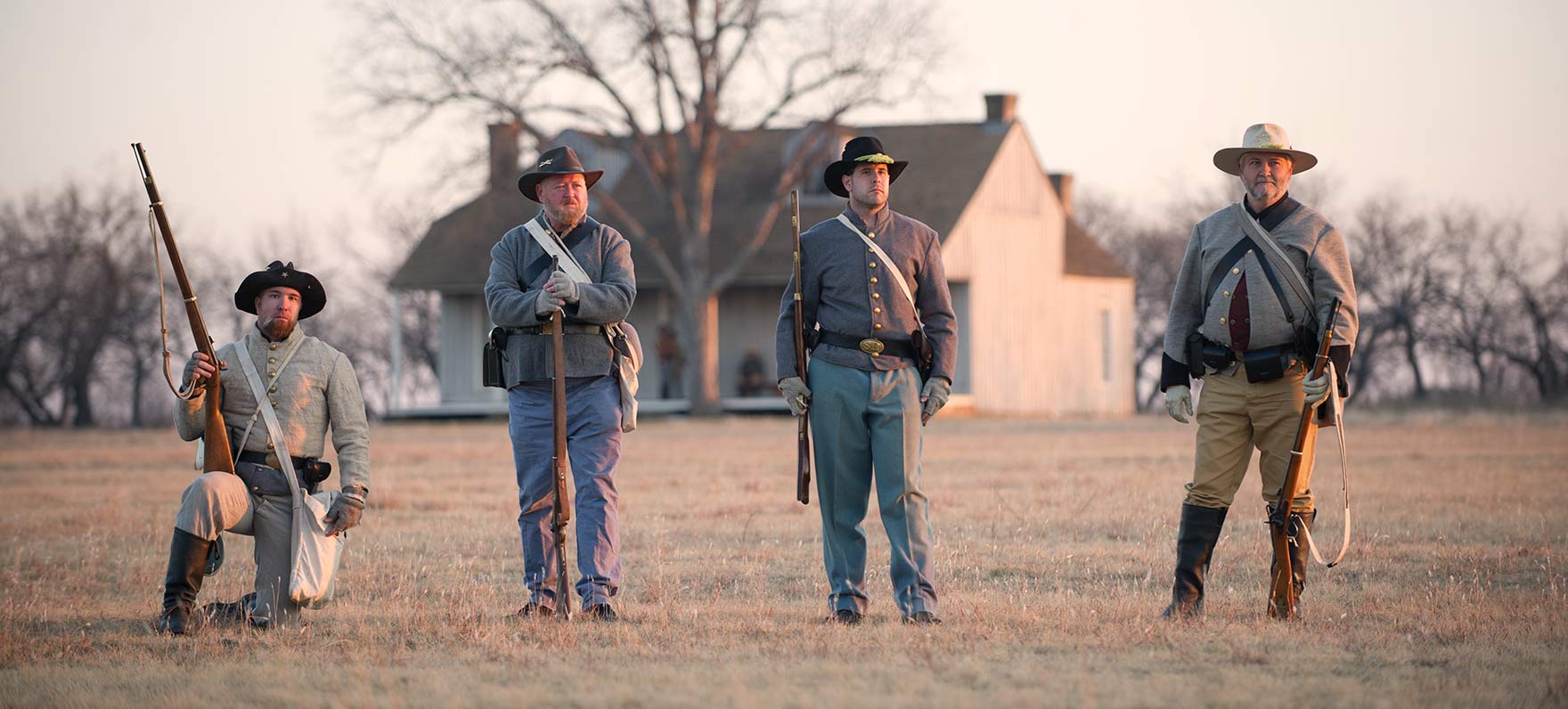
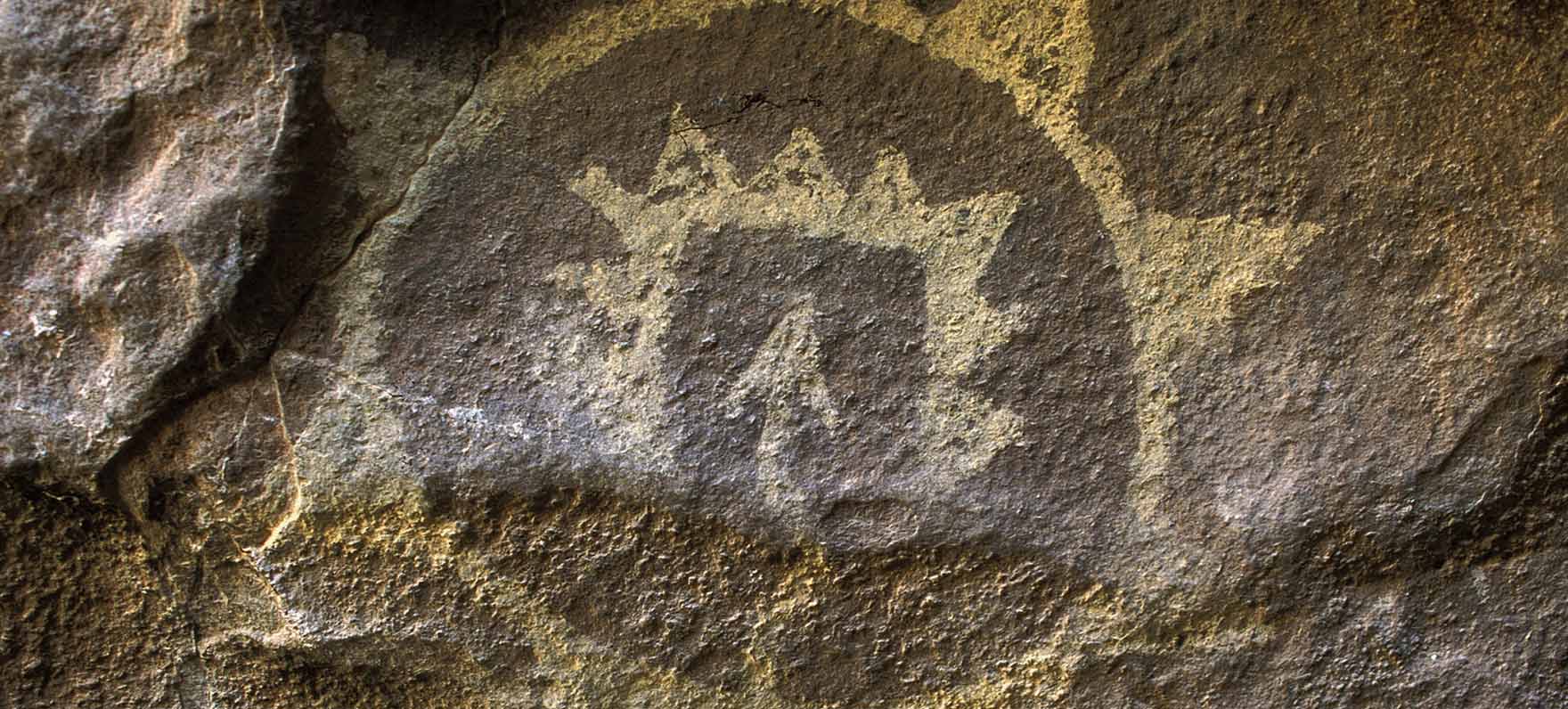

 Passport to Texas is a
Passport to Texas is a  Passport to Texas is made available by:
Passport to Texas is made available by: